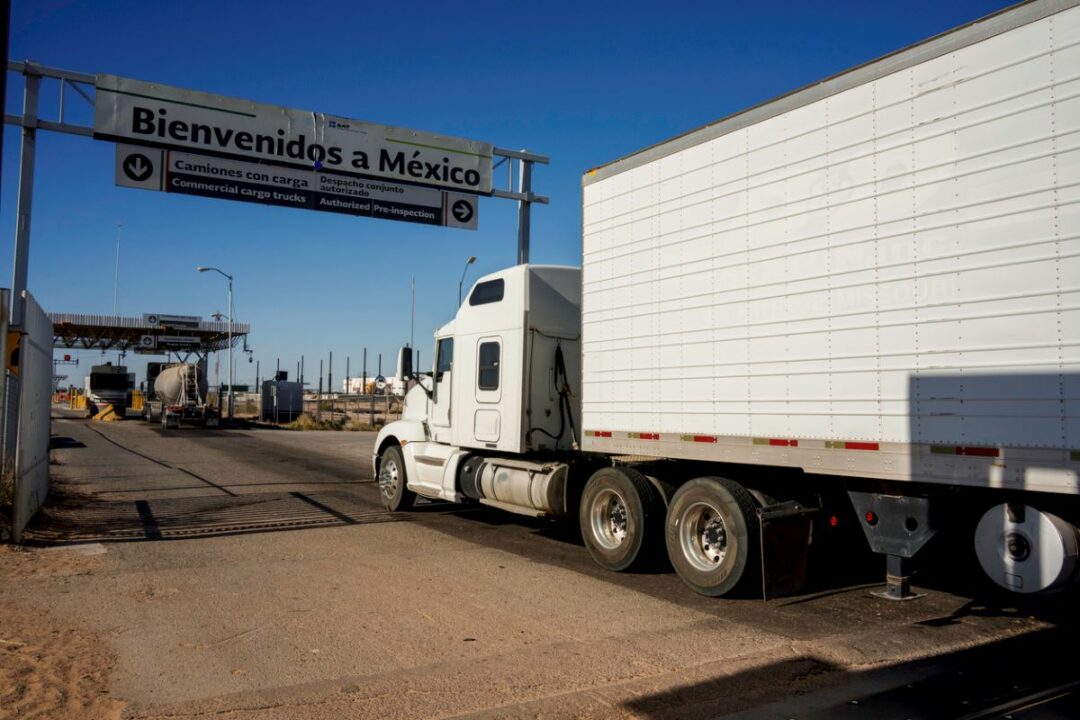
The growth of global e-commerce presents exciting opportunities for online retailers to tap into new markets and expand their reach internationally. At the same time, cross-border trade presents complex challenges, such as navigating customs regulations, managing international shipping, and meeting diverse delivery expectations.
Logistics plays a crucial role in bridging these gaps, and third-party logistics providers are stepping up to meet the demand for seamless global shipping. With expertise in customs compliance, warehousing, and last-mile delivery, 3PLs enable e-commerce brands to focus on growth without being overwhelmed by logistical hurdles.
3PLs’ core offerings include inventory management, warehousing, order fulfillment, shipping, and returns handling. For e-commerce brands expanding across borders, 3PLs provide specialized services such as customs brokerage, which ensures smooth clearance at international borders, and compliance with each destination’s regulations. They also manage local fulfillment networks, allowing brands to position inventory closer to international customers for reduced delivery times. In short, 3PLs make it possible for e-commerce businesses to gain access to global markets without the need to build costly infrastructure or acquire deep logistical expertise.
The Benefits
The benefits of employing a 3PL in global e-commerce include:
Compliance with customs regulations. 3PLs bring expertise in managing international documentation, duties and compliance. By ensuring shipments meet local requirements, they help avoid costly delays and penalties, keeping goods moving smoothly across borders.
Optimized cross-border logistics. 3PLs can consolidate shipments to reduce per-unit shipping costs. With access to multiple carriers and economies of scale, they pass on savings to merchants. Additionally, they offer tax optimization and strategic tariff management, helping businesses lower operational expenses.
Faster delivery times. 3PLs utilize localized warehouses and regional distribution hubs, which bring inventory closer to customers, speed up last-mile delivery and cut down transit times.
Improved customer experience. 3PLs streamline returns management, making international returns simple and hassle-free. They provide real-time tracking tools, offering transparency throughout the delivery process. With localized expertise, 3PLs help brands to achieve reliable, and timely deliveries.
The Challenges
At the same time, 3PLs face a number of challenges in managing cross-border e-commerce. They include:
Regulatory and compliance complexity. Customs rules and trade regulations vary widely across countries and can change with little notice. 3PLs must stay up to date to prevent disruptions. Some goods face strict import and export restrictions, adding complexity to shipping processes and requiring specialized knowledge to navigate legal requirements.
High operational costs. Cross-border shipping is costly, with expenses driven by international freight rates, fuel surcharges and fluctuating currency exchange rates. Building and maintaining warehouse networks across multiple countries demands significant investment, creating financial pressure for 3PLs trying to stay competitive.
Technology integration. 3PLs must align their systems with numerous regional carriers and customs platforms, which often operate on different technologies. Ensuring seamless integration for real-time tracking and inventory management across multiple borders is a constant challenge. Any disruptions in visibility can impact delivery timelines and customer satisfaction.
Cultural and market differences. Each market has distinct cultural norms, preferences, and expectations which affect everything from product packaging to delivery speed. 3PLs need to adapt to local languages, currencies, and regulatory requirements. Failure to account for these differences can lead to negative customer experiences and impact brand reputation.
Selecting a 3PL with strong regional expertise is essential for cross-border success. Additionally, brands should prioritize 3PLs with technology platforms that integrate seamlessly with their own systems, ensuring real-time tracking and efficient order management. They should also align their goals and key performance indicators with logistics providers.
Delays due to customs issues, natural events, or political instability are inevitable in international logistics. Brands can mitigate these risks by preparing contingency plans and working with 3PLs to develop alternative shipping routes. Diversifying fulfillment centers across regions also ensures that disruptions in one market won’t derail the entire supply chain.
The Future
Following are some future trends in cross-border logistics to watch for:
Adoption of artificial intelligence and automation. These innovations are transforming cross-border logistics by streamlining customs processes and improving tracking systems. Automated documentation and predictive algorithms help 3PLs reduce clearance delays, while AI-driven tracking tools enhance visibility and ensure smoother deliveries.
Demand for sustainable logistics. As consumers and businesses prioritize sustainability, 3PLs are adopting greener practices. This includes optimizing shipping routes to lower emissions, investing in electric delivery fleets, and offering carbon-neutral shipping options.
Rise of regional fulfillment hubs. 3PLs are stepping up the construction of regional hubs to bring shippers closer to key markets. This localized approach reduces transit times, enables next-day delivery, and minimizes shipping costs.
Increasing importance of reverse logistics. Efficient reverse logistics is becoming essential for cross-border e-commerce with the rise of international returns. 3PLs are developing streamlined returns processes that simplify refunds and exchanges for customers, while reducing the cost and complexity of handling cross-border returns.
The future of cross-border logistics will be defined by technology, sustainability, regionalization and customer-centric service, all aimed at supporting global e-commerce growth. 3PLs are playing a pivotal role in helping brands achieve those goals. By drawing on a 3PL’s knowledge, infrastructure, and technology, businesses can overcome the logistical complexities of cross-border trade and succeed in expanding their global footprint.
Joe Spisak is chief executive officer and founder of Fulfill.com.







